Public health issues concern people and States. The former is often exposed to an unbalanced and lacking information system, whereas the latter have been trying to fight against spread health problems and diseases, given the top-priority that the matter has gained in most, if not all, governments’ agendas.
Indeed, in past decades public authorities proposed and implemented many policies with the common aim to educate citizens on what are the benefits of a healthy life trying to inverse the (increasing) trend in Non-Communicable-Diseases (NCDs).
Some States have introduced taxation and subsidies policies, some introduced labels on packaging, some others implemented true marketing (advertisement) campaigns, as well as many other solutions. These and other practices are valuable, and even if the efforts done can be appreciated, the data show that the tendency did not change: people keep having un-informed purchasing behaviours during grocery shopping, they keep getting sick, and the spread of NCDs is still growing (with the exception of few States). According to the World Health organization (WHO), each year people dying of cardiovascular diseases are 17.9 million (31% of global deaths), and 1.6 million the ones dying from diabetes (3% of the global deaths); in Europe, the proportion is respected.
By analysing these figures and trends, it seems that most of public policies implemented so far have had little effect on consumers behaviour and, therefore, on their health improvement.
In addition to that, private actors have decided to develop some mechanisms to educate the consumers (sometime in non-explicit forms, such as the usage of nudging strategies), with very mixed results depending on the product and the targeted population. At any rate, private-led methodologies are profit-based; therefore, their main concern is to lead the consumer to increase the consumption of a nutrient or food in a not-always healthy way.
But what if governments started to re-think the issue from a prevention approach, and invested in tools that, eventually, benefitted the public health of citizens, saving, in return, high medical expenses often covered by the public?
Surely, education plays a very important role in this matter: food-educated citizens are able to make better-reasoned choices that lead, eventually, to balanced and healthy lifestyles and reduce the possibility of diseases. However, governments have not invested enough in educational policies (especially in polices that target older population) being, as a matter of fact, a sphere of private life where normally the public powers do not intervene, considering the traditional – and sometime affective – role of the family in educating the youth in this respect.
However, in past years the growing popularity of fast foods, transformed products, frozen and pre-cooked meals, together with a reduction of time dedicated to the elaboration of the meal (cooking) and grocery shopping have changed consumers’ food habits. In many member states, the role of the family – and notably related to family’s member behaviour vis-à-vis food and meals – have changed quite dramatically.
Moreover, it has been shown that the financial situation of the individual has an impact on the food choice. Notably, the lower the income is, the lower the educational level is, the more the person buys ready-to-eat meals and “junk food” with low and unbalanced nutritious outlooks. Opposite dynamics have been noticed in middle-high income population.
In this context, in recent years Front Of Package (FOP) labelling systems have been proposed by several public and private entities. Unfortunately, up to now, it is hard to see one of them fitting for a possible European-wide solution: the main problematic is that most of them do not inform sufficiently, do not educate, and create judgmental sentiments towards the food product and, eventually, the final consumer. A scientific-based and informative FOP is of the outmost importance to give consumers the tools to better evaluate the real nutritional quality and value of food in order to make healthier and balanced dietary choices. The problem is, notably, the link between the concept itself of “grading” foodstuff, individually one by one, and the fact that food represents first of all a cultural heritage (in some cases to protect); it is related to pleasure, passion and memories, and it is becoming more and more a shelter for happiness when other services or goods are not affordable, notably for weaker economic classes.
Food labelling might be a controversial tool as it touches the scientific, emotional, and public spheres. It should be seen, though, as only one of the possible methods that governments can adopt to fight nutritional-related problems.
In order to be able to define the tools that the EU should use, first and foremost it is needed to well define the objectives that we want to reach: only by studying what influences them, which difficulties they might lead to, and what expectations governments hope to achieve, the EU can eventually propose a balanced and effective tool. The available options today have been created by surely bright and well-educated people – with noble motivation – but who, however, have considered too often personal returns.
The discussion is now open and new and innovative systems have to be experimented to find a common, harmonized (European) solution.
What’s on the market
Nutri-score: It is the system developed by the French. It values final products with a 5-scale letter/colour design. Many studies have shown that this system is easily recognizable and that it communicates immediately an idea of nutritional value of a food product; nonetheless, it brings to unbalanced results, notably towards products that contain healthy nutrients (if introduced in small doses), and towards products that are intended to be used as components of a meal i.e butter and oils. Moreover, the Nutri-score creates a judgmental attitude in the consumer during the purchasing experience, resulting in a distorted perception of specific products and brands that are already used by some actors as a marketing tool. This system categorises food products in a binary, over-simplistic way (what is “good” vs. what is “bad”).
This approach ignores the principle of the food pyramid. In fact, every food can have its place in any diet as long as it is consumed according to its qualities (i.e. nutritional, cultural and pleasure) as part of a balanced diet. For instance, discouraging the intake of food such as milk because of its high nutritional outlook in fats, without taking into account the positive effects of their essential nutrients such as vitamins, calcium and other minerals is counter-productive. If a person uses this system as the only reference point for his diet it will lead to unbalanced nutrients intake.
Furthermore, the system analyses only some nutrients that can be found in the majority of food products that are partly different from those already considered as mandatory for the nutritional declaration provided by reg.1169/2011 (relating to food information to consumers). This regulation states that additional forms of expression and presentation are possible in order to stimulate the consumer to read the nutritional information and adapt consumption choices to a healthy diet.
To be noted that the algorithm was modified recently as an answer to the critics expressed by some countries feeling that its results were detrimental to some of their PDO-PGIs national productions. Moreover, Nutri-score’s point-accreditation system shows some unbalances in the assignation of the categories (letter/color). Notably, the weighting system used to class a product (assigning points) implies that little changes in the points assigned lead to disproportioned change in the classing.
Lastly, Nutri-score grades per 100 gr of food, independently of the average size of the portion of this food eaten by person. Thus, it can lead to a misinterpretation of the value of the intake risking to induce behaviour going against good habits and nutrition (single portions of 400gr labelled as A or B because the Nutriscore is calculated per 100gr, while the same product would be labelled E if the real portion would be at the basis of the calculation).
NutrInform: it is the FOP labelling method proposed by the Italian government. It displays an energy-battery shape that informs about the percentage of nutrients that the product brings per portion (the reference portions have been defined for each product category on the basis of studies conducted by CREA and Istituto Superiore di Sanità), compared to the reference intakes, i.e. the average daily quantities of energy and nutrients recommended by reg.1169/2011. Its supporters argue that it is not discriminatory, since “it does not give good or bad grades”, but offers the consumers a complementary tool in order to understand the mandatory nutritional information required by reg.1169/2011.
The NutrInform label might require more attention and time to read due to the fact that it displays more complete nutritional information about the product. Indeed, the system is based on the general nutritional intake that a person is supposed to introduce in his/her diet on a daily basis. To be noted that these amounts can only be relative because every individual has different needs depending on the age, the sex, the physical activity habits, the metabolism, etc. In order to make sure that the citizens understand the principle of a balanced diet, an additional educational effort from the public sphere would be needed, involving increased time and financial resources.
The Italian method considers the general overview on a person nutritional intake. This concept intends to consider the personal approach to grocery and food, which is not product by product, but a more holistic one. This system using food portions represents a closer-to-reality approach as a measure for nutrients compared to the standard of 100 gr.
Traffic light system: it is the FOP method used by the UK government. As the others, it is not mandatory but many UK supermarket chains and food producers have adopted it. It considers the following nutrients: calories, fats, saturated fats, sugars, and salt, and it displays them in the label, linking the amount of the nutrients to a percentage and a color. The percentage is relative to an adult’s reference intake (GDA), and the color shows weather a product is high (red), medium (amber), or low (green) in fat, saturated fat, sugars, and salt, and how much energies (calories and Kilojoules) it provides.
Keyhole, Choices, Heart symbol – positive logos -: these systems are used in the Nordic countries (Keyhole), Finland (Heart logo), The Netherlands, and Czechia (Choices). Through a symbol (that can be either a green circle with the shape of a white keyhole in the center, a heart shape, or a check) these methods imply the identification of the foods that are considered the “best in class” within their product category. It is applied only to the products that are valued healthy and that comply with one or more of the following characteristics: less and healthier fats, less sugar, less salt, more dietary and wholegrain (keyhole), compared to food products that are not labeled, or, more in general, whose quantity of nutrients remains under a certain threshold. The keyhole does not require the customer to read detailed nutritional information, which makes it easily identifiable and understandable; at the same time, it lacks information that might be of interest to the final user of the product such as the caloric intake.
These methodologies – called “Positive logos” – shown to be very effective in being recognized and understood, however, neglect the complete nutritional information to the customer. They value the products as a whole, and do not consider each nutrient as a single element. Moreover, they do not take into consideration the diet of the individual and contribute to the creation of perceived “class A” and “B” products.
Milestones for an efficient EU FOP labelling
The issue with the aforementioned and analyzed FOP labeling methodologies is that none of them includes, as far as today, the whole characteristics that a holistic European solution should have, notably:
NON-DISCRIMINATORY: the labelling system should be in line with the requirements provided by reg.1169/2011, therefore, it should aim at only informing consumers. While a labelling system should be informative and easy to understand, it should not result in an over simplistic classification of “bad” and “good” food products.
EFFECTIVE: An EU FOPNL system should be based on portions, in order to better inform consumers over the actual nutritional intake and value of every food. It should be objective and thus not penalize unduly nutritious agri-food products, often used as ingredients in other food preparations or consumed in portions lower than 100 g, as advised by dietary guidelines.
STANDARDIZED: the harmonized methodology should be applicable to the European markets. As a European standard, thus, it is foreseen the need to have common grounds and basics, and to respect general guidelines. In particular, the legislation should outline the basic characteristics that FOP label should follow in every MS, leading to the principle of standardization which would allow the European consumer to recognize the nutritional value of the product/nutrient everywhere in Europe, regardless of the Member State or the distributor. Therefore, such a system should be developed in a way which ensures that specificities of each Member State’s food culture, typical diet and national nutritional guidelines are followed. An EU system should be coherent with the EU policy on EU quality productions (PDOs, PGIs and STGs), which is opposed to hyper-processed foods, have strict product specifications, and should stick to them.
FLEXIBLE: the chosen methodology should foresee a margin of flexibility, within the standards agreed upon, so to respond to different diet habits and national priorities. Flexibility should also allow not to abruptly categorize a product/nutrient as “good” or “bad”, but to inform the consumer about its effects on health and the dosage.
ACCESSIBLE: In order to have a greater impact on societies, the methodology should be designed in a way that everyone could be able to understand them and receive the messages they are supposed to send, regardless of the social, economic, and educational level of the person.
ENGAGING: FOP labeling has been designed as an educational tool. First-time consumers and young adults are often the more receptive at the beginning. It is understood that the effects on the population can only be seen some years from its implementation. Thus, it is of imperative urgency to work on a common methodology that will be able to target also the population that is left behind by the labeling strategy, notably adults, elderly citizens with consolidated eating habits, and consumers who do not have the cultural knowledge to make the choice on what food to buy according to each individual’s particular conditions and state of health.
INCLUSIVE: studies have shown that “improving the heath of the overall population may increase health disparities between social groups”, notably, “those who were formerly at a lower exposure to risk derive the most benefits that those who were formerly at a greater exposure to risk”. The European solution should consider the effects that such systems have on the overall society and take a socially-holistic approach. The “leaving no one behind” motto should then be fulfilled at once.
In this context, Farm Europe sets up a dedicated department, EAT EUROPE, with the aim to tackle the most sensitive societal issues, focusing on the role that institutional issues play in citizen’s health, analyzing and defining tools that the EU and its member States could implement in order to prevent their population from habits that could lead to unhealthy lifestyles. It will reason on science and efficacy gathering knowledge of people focusing exclusively on EU common good and ability to deliver.
O artigo foi publicado originalmente em Farm Europe.

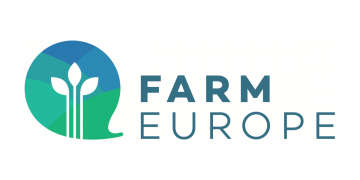
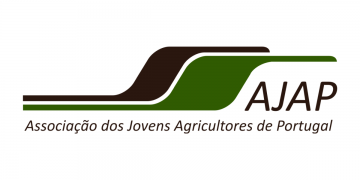

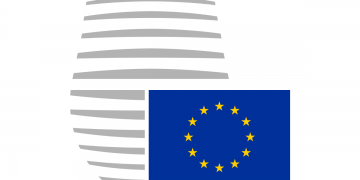



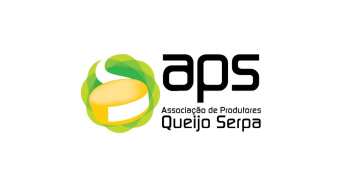
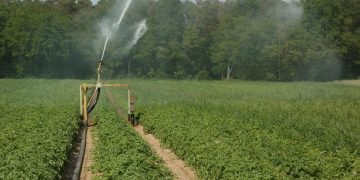











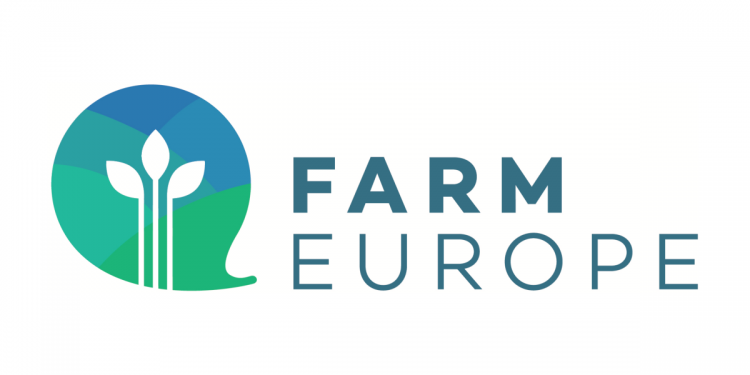
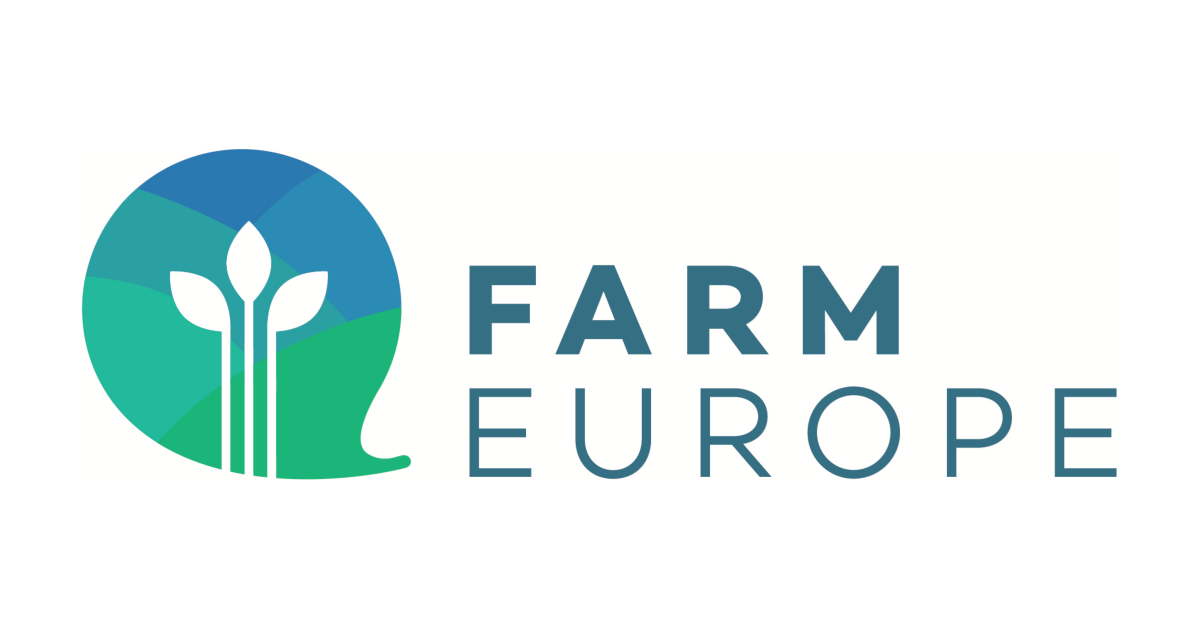
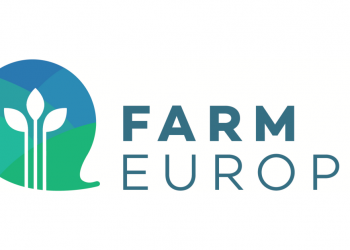
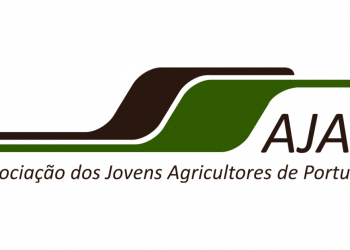


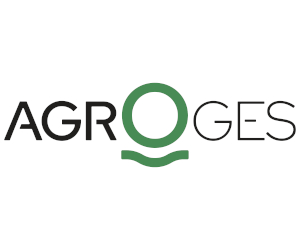
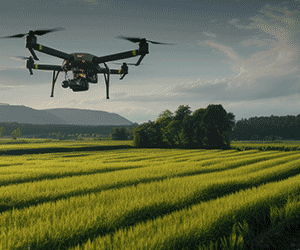
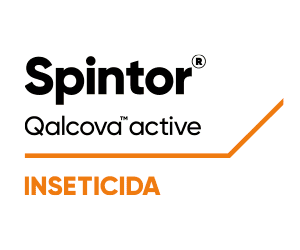
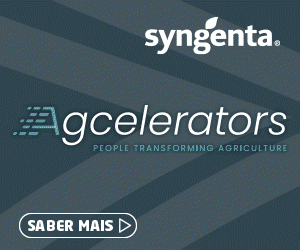


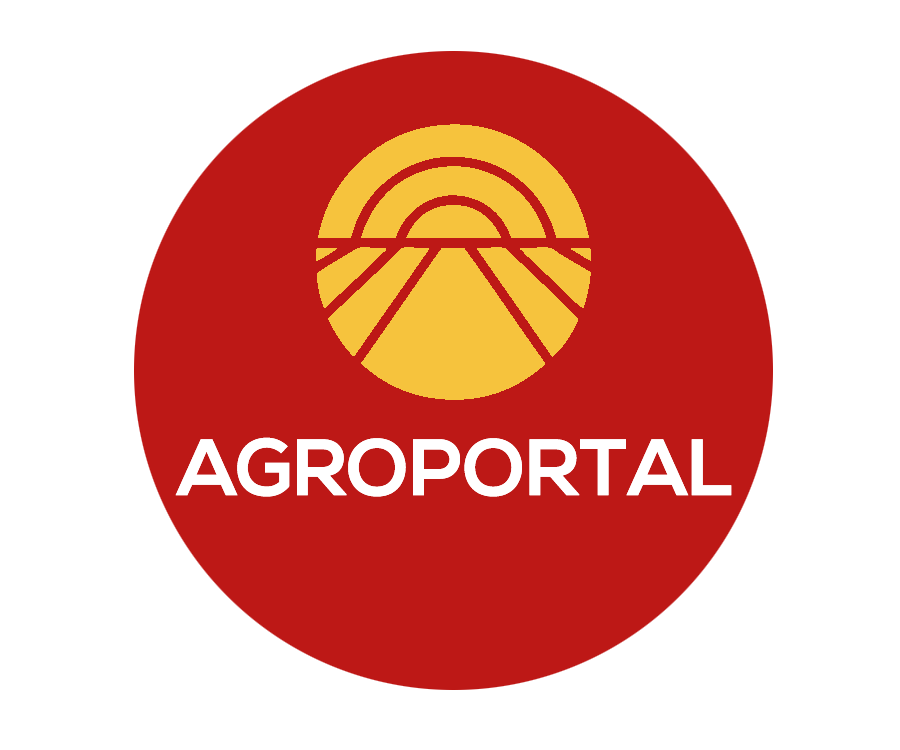






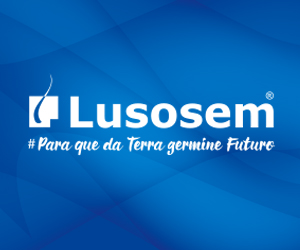
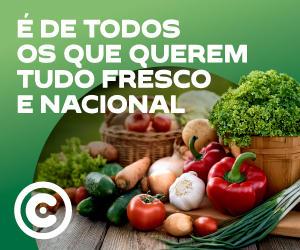
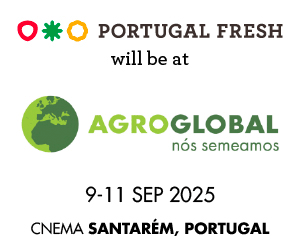
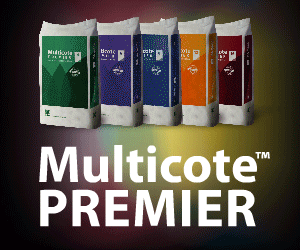



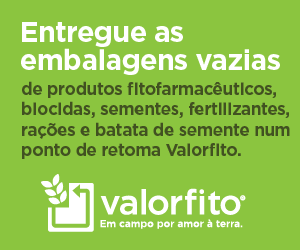
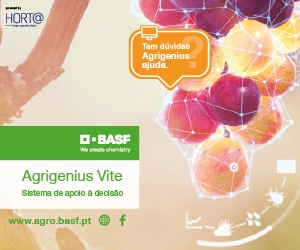
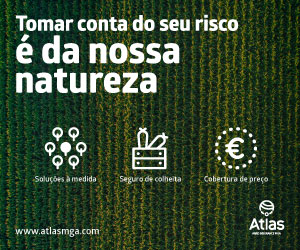





Discussão sobre este post